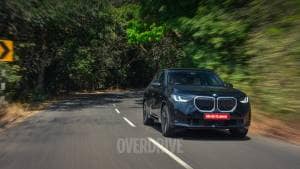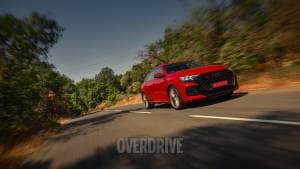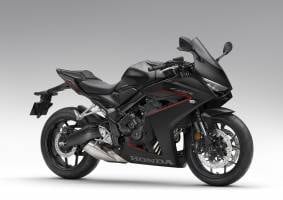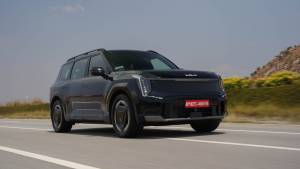Audi Q8 e-tron review, first drive - better batteries, better range
The Audi Q8 e-Tron lets you look at electric mobility through a very different lens. A lens not coloured by sustainability and saving the planet and future generations. Nope, this here is a that was built like any other Audi, with no-nonsense electrification for premium, driving pleasure at the maximum. Drive it and you like it. And there is lots to like in the new e-Tron be it the range, ride, design and performance. You'd buy this because you'd want to buy a , electric or ICE really doesn't matter.
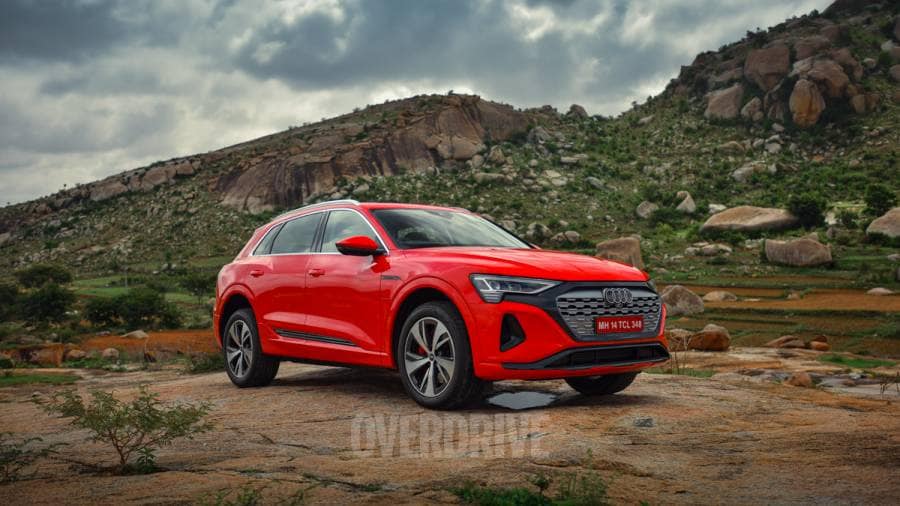
The Q8 e-Tron is simply a refreshed e-Tron, but typical of Audi to make identifying their range of cars more confusing by naming them in a million ways. But as they say, what's in a name .
Let's talk design first. The refreshed face makes the Q8 e-tron look sleeker and longer with a little less SUV-like stance. That change comes courtesy of the new grille and headlamps that give it less of the futuristic theme like its predecessor did but makes it more palatable. The Q8 e-Tron for India is available in two body styles, the standard SUV and the Sportback with the coupe-like raked roofline. Dimensions haven't changed, and neither has the side profile, so what you get is a similarly sized cabin like the EV before it. The SUV body style works the best, and though the Sportback looks the nicer of the two, headroom for the rear passengers is significantly less. Instead of working heavily on the way the Q8 e-Tron looks, Audi has focused more on sprucing up crucial operational elements like battery density, range, aerodynamics and ride comfort. That's not a bad thing at all.
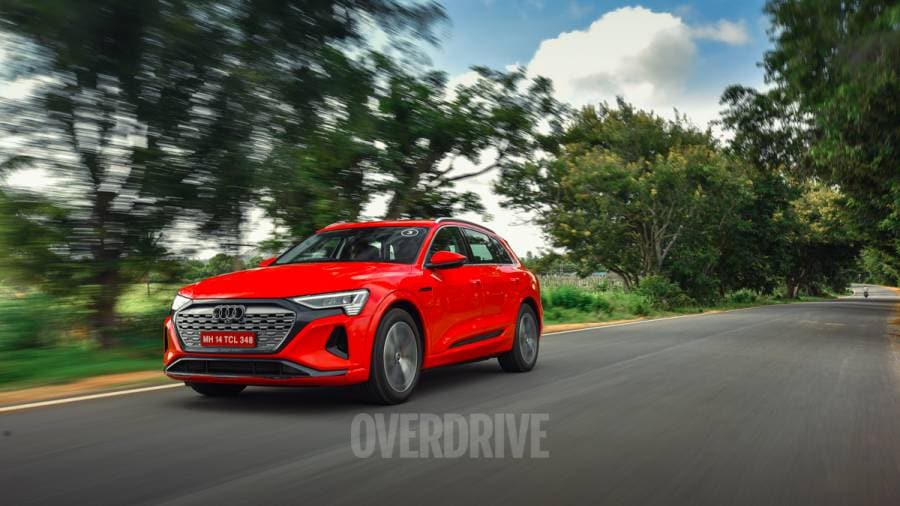

Here is where things get very interesting. The battery pack in the Q8 e-Tron is the same size as before, except thanks to emerging technologies, the cell technology and structure as well as have improved significantly leading to better energy density. So the same-sized batteries now hold more charge improving overall range, these batteries can also be charged faster thus reducing overall downtime. What we get in India is the Q8 55 e-tron which has a storage capacity of 106kWh net (114kWh gross). In the standard version it gets you a range of around 582km while in the Sportback thanks to enhanced aero, this gets bumped up to 600kms (both WLTP rated). In real life, this would still result in a roughly 450km or thereabouts range, which is sufficient for almost any scenario. Audi achieved this improvisation by stacking the cell material in layers using a process called stacking technology, this gives them 20 percent more space efficiencies in the same package as before. On our drive route, I saw a decent 480 km range available on a 99 percent charge status. Also, in mind the range will keep fluctuating depending on your driving style, the use of the energy recuperative system which I think is the best in the segment, and the energy management system which at the press of a button automatically manages battery efficiencies for you. The other advantage this brings to the table is that the battery pack does not eat into interior space since the size hasn't changed.
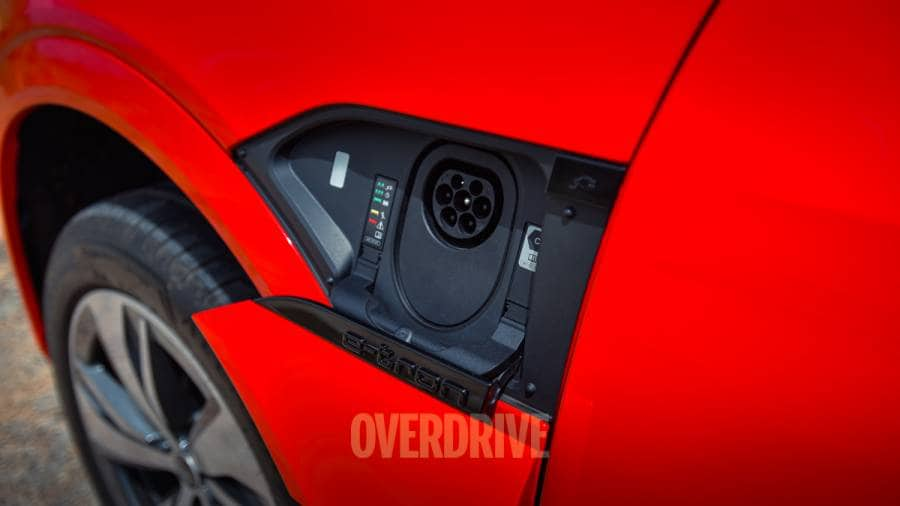
This pack also uses a high-voltage architecture, with a nominal voltage of 390 volts. The Q8 55 e-tron can also charge pretty fast. Maximum charging power is 170kW, and 10-80 percent using a CCS charger can take up to 31 minutes.

The battery pack powers two electric motors, one for each axle and this carries forward Audi's quattro technology which is all-wheel drive at all times. Combined output is rated at 408PS for the 55 e-tron with peak torque bumped up to 664Nm by tweaking the motor on the rear axle. This results in an SUV that feels quicker and is punchier. That however is elementary, what makes a bigger difference in the Q8 e-tron are the mods to the chassis and suspension that enhance agility and stability. You get air suspension with controlled damping as standard fitment. This allows the suspension to raise or lower the body by a range of 50mm. In off- mode the suspension can add over 200mm to the ground clearance, this is especially useful even in our urban Indian conditions where abnormally large speed-breakers and numerous potholes can result in the underbelly scraping. You don't want that happening too often as this compromises the integrity of the battery pack that sits under the floor pan. A simple selection of the driving mode from the infotainment screen allows you to alter the ride height, if not the adaptive system takes control and manages this as well.
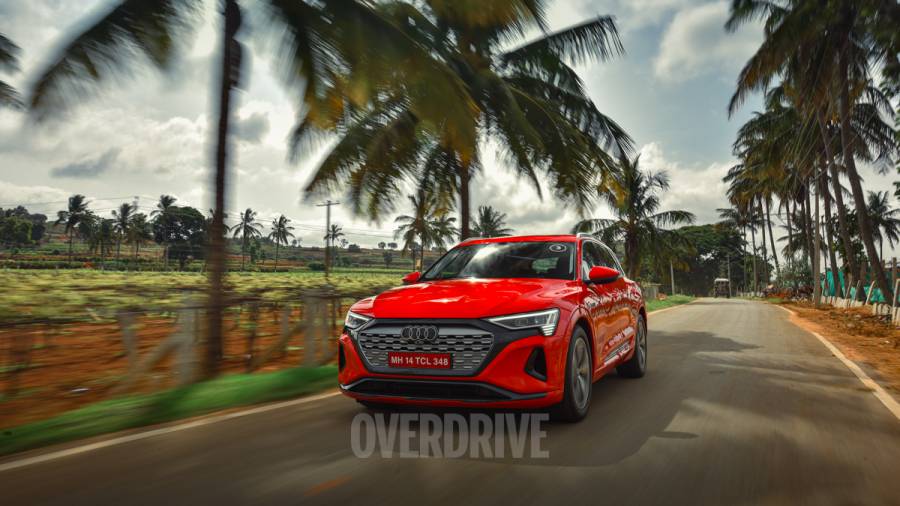
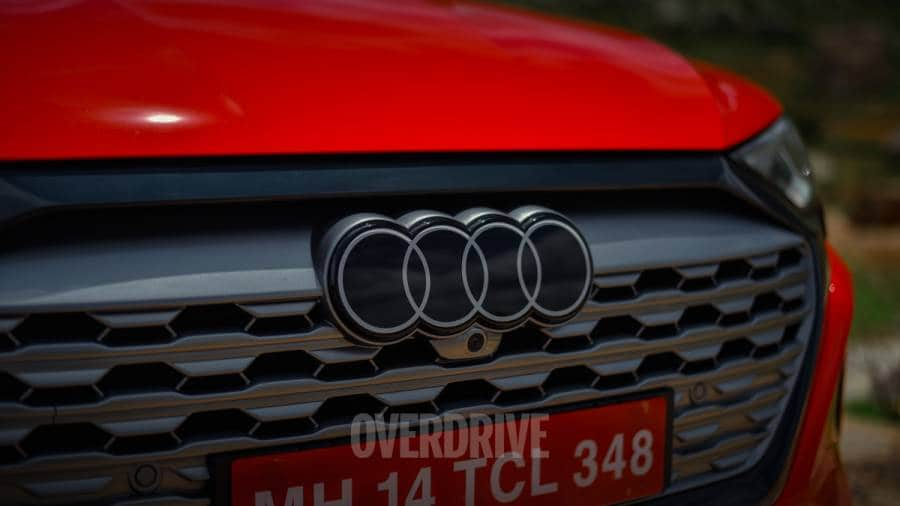
Audi has also retuned the steering ratio, reducing it compared to before and stiffened the front axle bearing. This has one singular effect, it has made the steering more direct, and you can feel it in the way the Q8 e-tron moves through traffic or even if you're getting a bit aggressive in tight twisty corners.
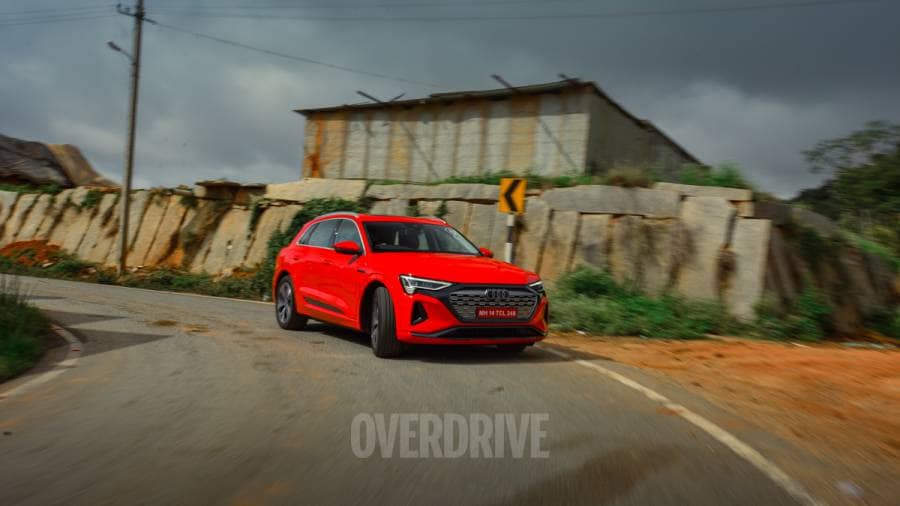
What I would have loved to have seen is a more aggressive regenerative system giving the Q8 e-tron a proper one-pedal feel. The Q8 e-tron from experience has the best regenerative system. In the past, I have seen the system recover up to around 15-20 percent charge back into the system in myriad rural scenarios. In a more urban cycle, the one-pedal feel would not just make it an easier vehicle to drive, but would probably get it better recuperation. While I do appreciate the linearity and smoothness the system has right now in its most efficient mode, a full stop with stronger braking effort would enhance the range proposition the Q8 e-tron has to offer.

The Q8 55 e-tron is still an impressive SUV, and the range enhancements that come in by way of denser batteries which don't compromise interior space make it more practical. It looks good, but I frankly liked the older grille that lent it a Riley Scott feel. The price announcement is still some weeks away, and we can expect the prices to rise by a significant margin. Nonetheless, it still remains, as a package, the best EV SUV you could buy in the segment until Mercedes or come out with a better EQC or i-Pace.
Starts Rs 1.34 Crore
2995cc
Automatic
340
500
-NA-

